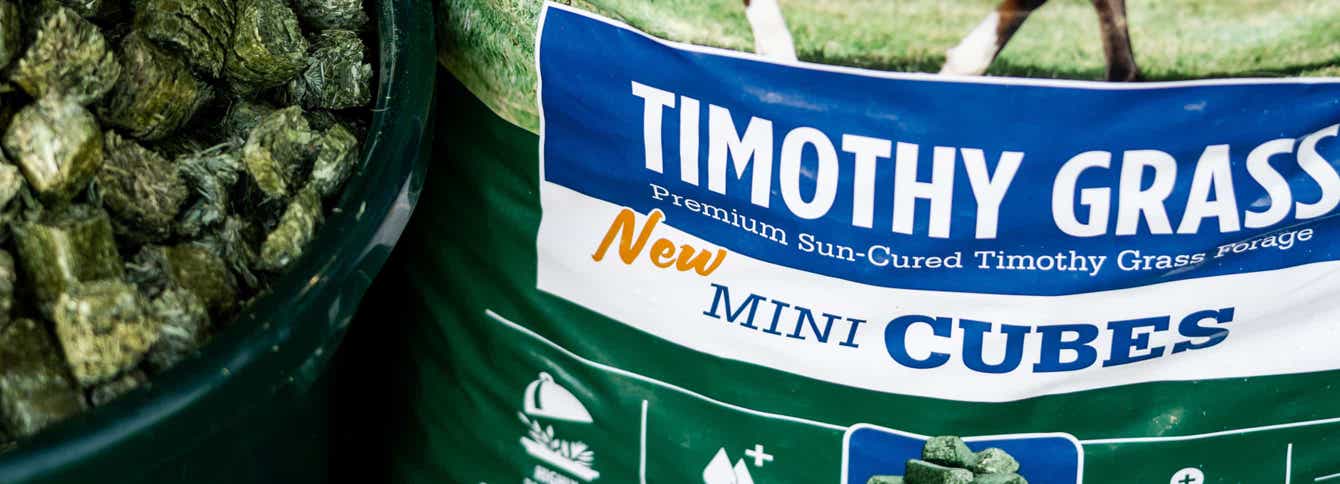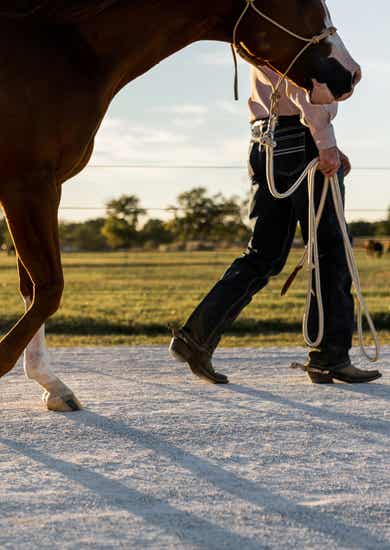
Feeding Goats in Winter: Smart Forage & Nutrition Strategies for Cold Weather
When cold weather arrives and pastures fade, goats face new nutritional challenges. Shorter days, frozen ground, and lower temperatures mean less grazing time – and a greater need for energy, fiber, and warmth from their feed. Winter feeding isn’t just about keeping goats full. It’s about helping them stay healthy, maintain body condition, and generate the internal heat they need to thrive all...

Feeding Horses in Winter: 3 Essential Tips for Forage, Hydration & Health
As temperatures drop and pastures go dormant, horses rely on their owners to provide consistent, high-quality forage and care. Feeding horses through the winter isn’t just about keeping them full – it's about maintaining digestive health, energy, and warmth. Below are three essential tips for feeding horses during the cold months, including how to calculate forage needs and choose hay that...

Feeding the Mixed Herd: Forage Options for Horses, Goats, Pigs, and More
Picture a crisp morning on the farm at feeding time: the horses are nickering, the goats are climbing anything and everything, and the pigs are lobbying for breakfast. It’s a chaotic yet heartwarming chorus of hungry enthusiasm. Your primary goal is to feed everyone well while providing nutrition that’s safe, satisfying, and suitable for every mouth on the farm. Finding a forage that works across...

Choosing the Right Bedding: Clean, Comfortable, and Healthy Options for Your Barn
A clean, comfortable environment is essential for the health and happiness of every animal in your barn, from horses and cattle to chickens and goats. But with so many bedding options for horses, poultry, and livestock, how do you know which type provides the best combination of comfort, absorbency, and odor control? At Standlee, we believe quality bedding should do more than just look clean....

Timothy Grass Mini Cubes: A First in the Forage Industry
Standlee is proud to launch a first in the forage industry: Timothy Grass Mini Cubes. Made from premium sun-cured Timothy Grass hay, these smaller forage cubes deliver the same consistent quality you trust – now in a more convenient and versatile form. Available in a 40lb bag, Timothy Grass Mini Cubes are designed for horses, livestock, and exotics alike. They bring big nutrition in a smaller...





